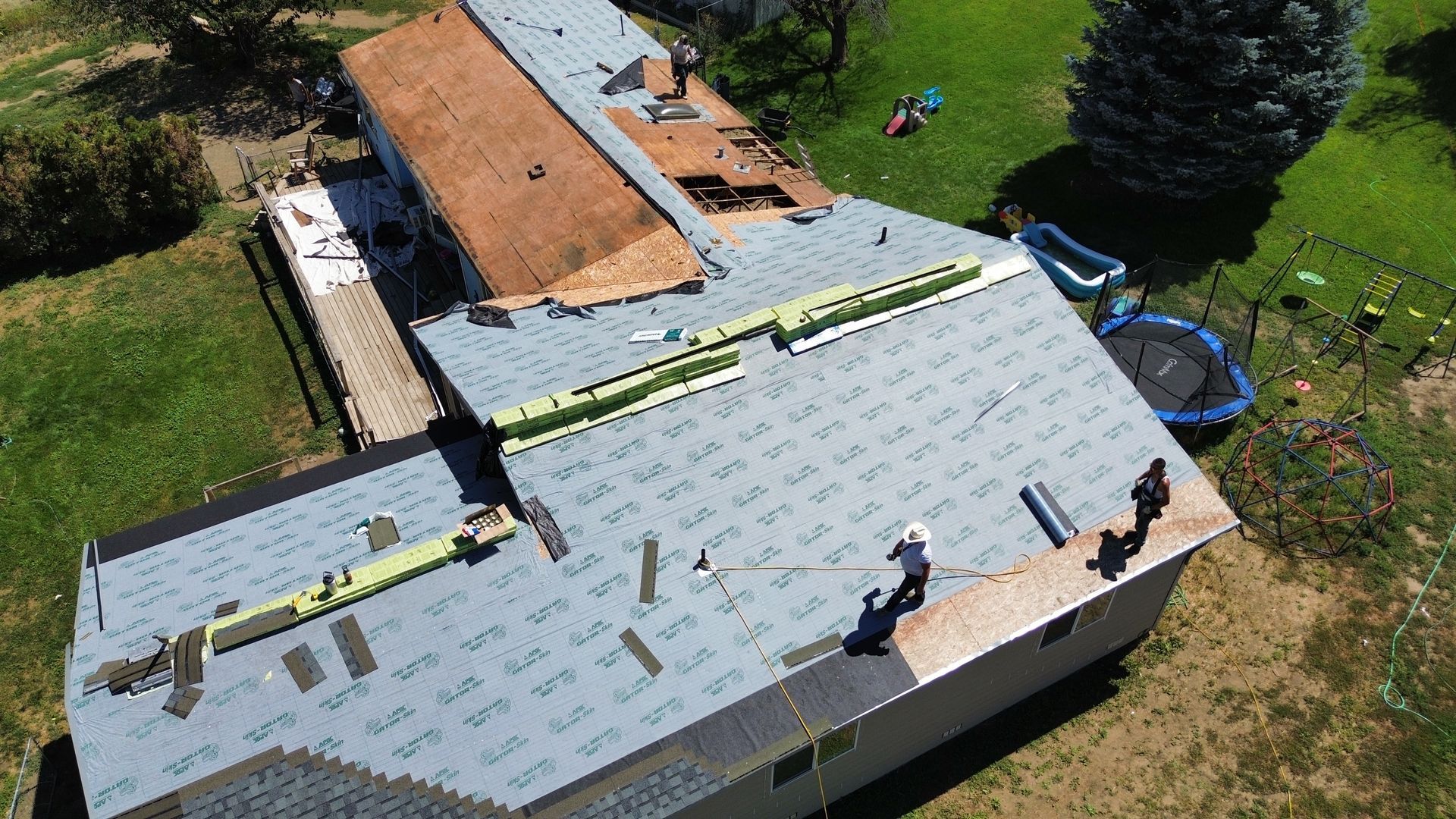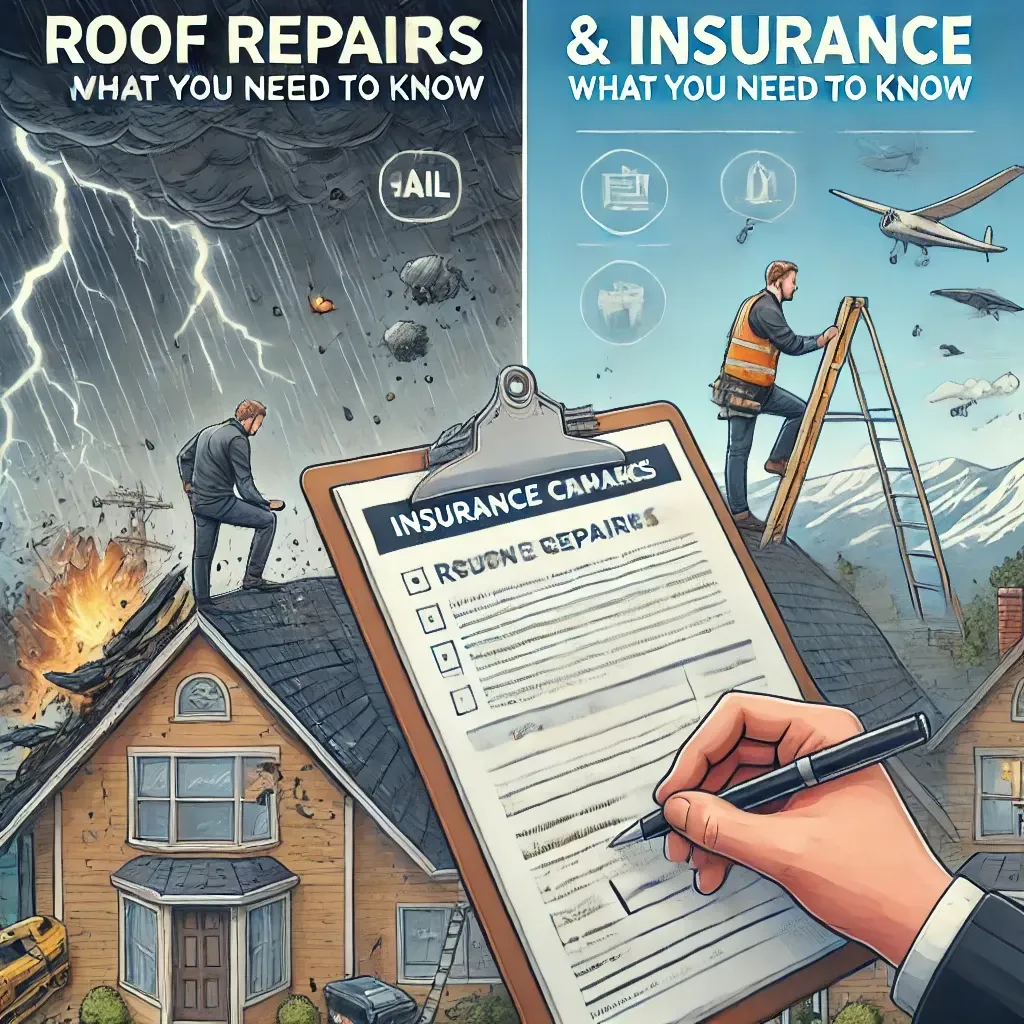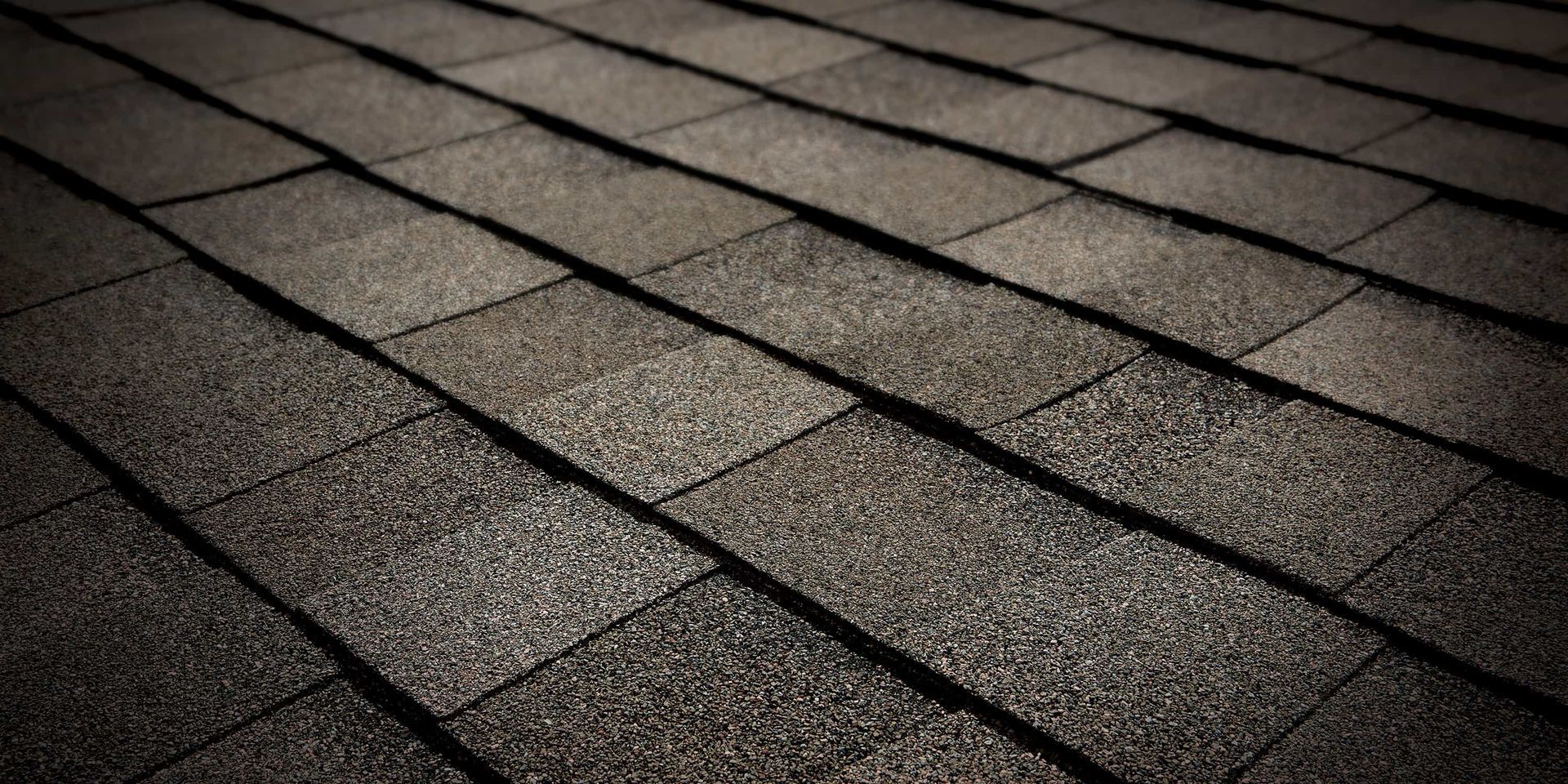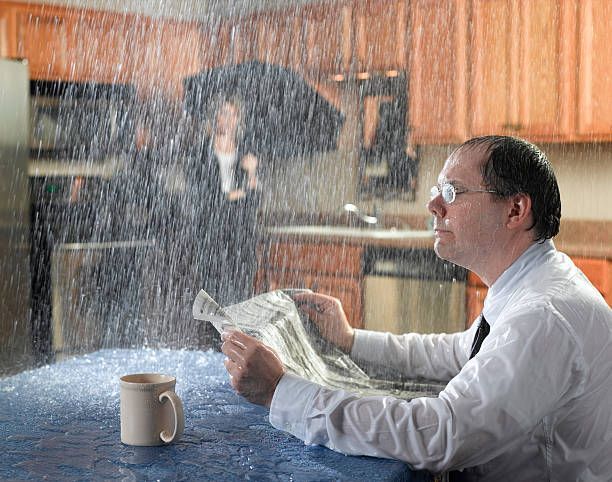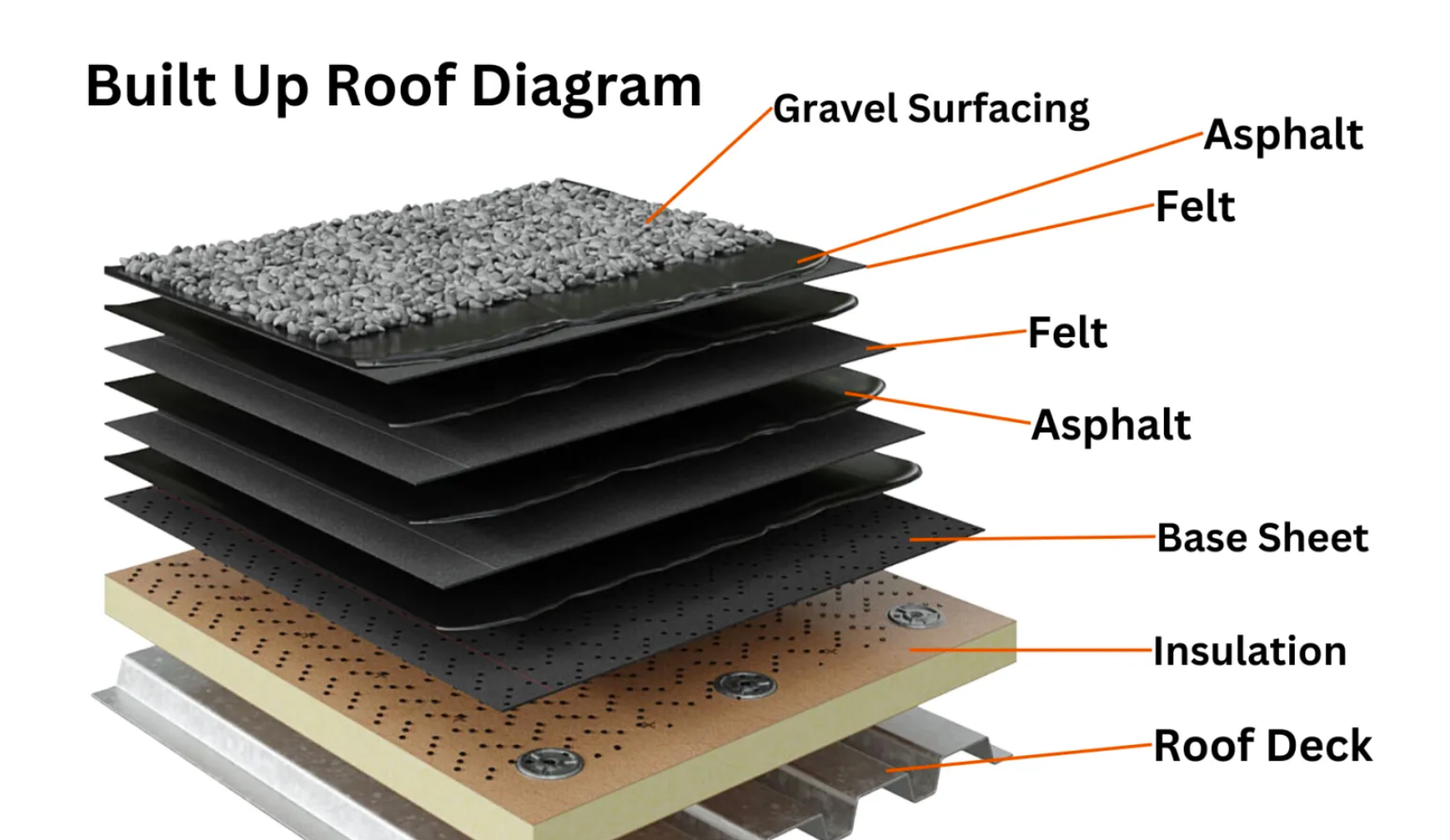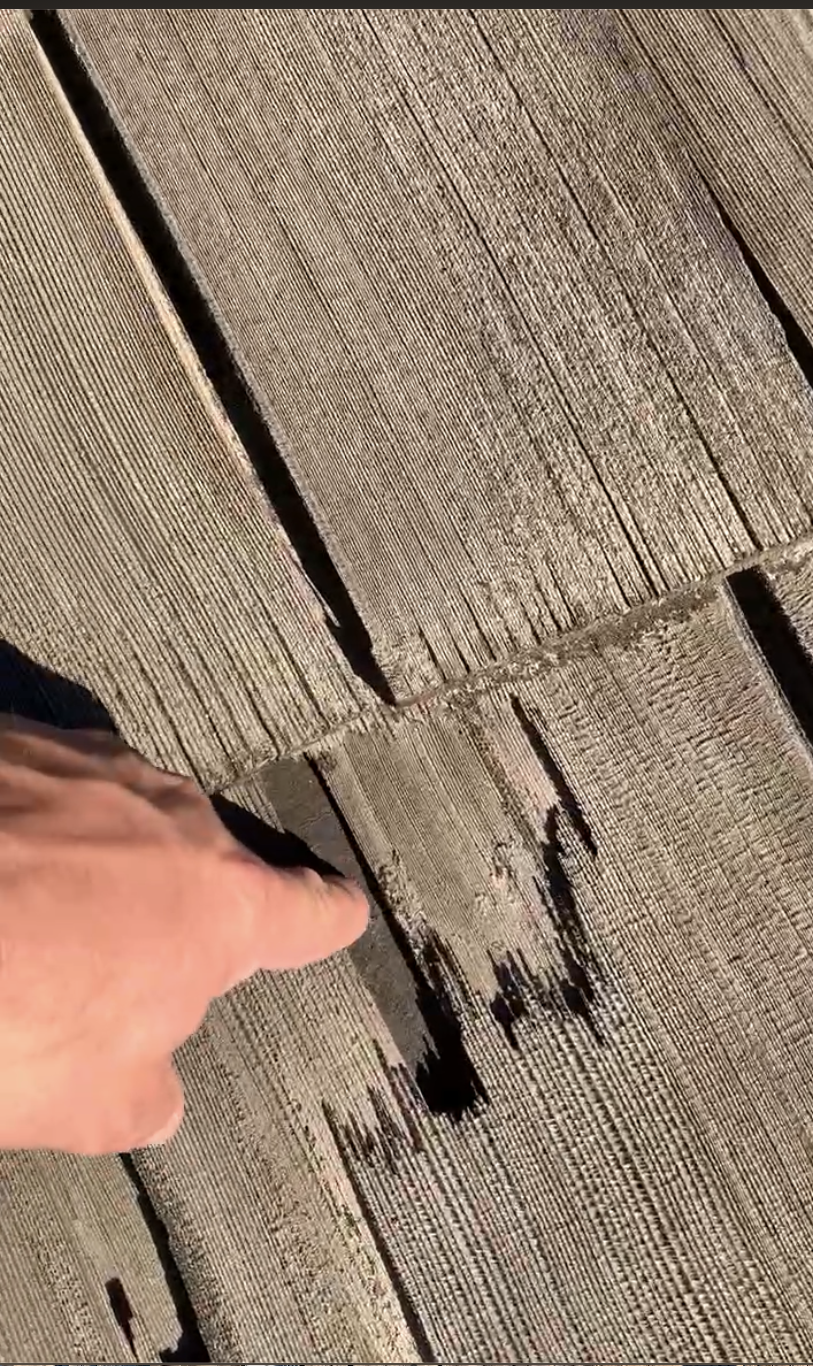Why Composition Shingles Fail Prematurely: The Hidden Epidemic of Improper Installation
Why Composition Shingles fail prematurely:

When you invest in a new roof with composition shingles, you expect it to last decades. Yet, across the country, roofs are failing prematurely—not because the materials are defective, but because of improper installation. Poor nailing techniques and a lack of adherence to manufacturer specifications are widespread issues in the roofing industry, costing homeowners thousands of dollars in unnecessary repairs and replacements.
Shockingly, even certified contractors are contributing to the problem, often failing to deliver roofs that meet specifications. High turnover, seasonal labor, and inadequate training for new hires exacerbate the issue.
Let’s dive into why improper installation is such a big problem, how it affects the longevity of composition shingles, and what you can do to protect your investment.
The Premature Failure Epidemic
Composition shingles, often made from asphalt or fiberglass, are designed to last 20-50 years, depending on their grade. However, improperly installed shingles can fail in as little as 5-10 years.
Why is this happening?
- Cutting Corners: Many roofers rush through jobs to maximize profit, skipping critical installation steps.
- Untrained New Hires: Roofing is a seasonal industry, leading to frequent hiring of temporary or inexperienced workers who don’t receive adequate training.
- Turnover Challenges: The roofing industry faces high employee turnover, making it difficult to maintain consistently skilled crews.
- Disregard for Manufacturer Specifications: Even certified contractors sometimes fail to follow detailed manufacturer guidelines due to lack of oversight or improper delegation of work.
The Role of Improper Nailing
One of the most common causes of premature failure is improper nailing. Here’s why it matters:
- Nail Placement
Manufacturers specify exact zones where nails should be placed to secure shingles properly. Nails outside these zones can lead to:
- Shingles blowing off in high winds.
- Water intrusion, causing leaks and rot.
- Overdriving Nails
Nails driven too deeply can cut through the shingles, reducing their ability to hold. This often happens when roofers use pneumatic nail guns set at high pressure without adjusting them for the material. - Underdriving Nails
Nails that are not flush with the surface create gaps, allowing water to seep under the shingles. - Using the Wrong Nails
Roofing nails must meet specific standards in length, material, and design. Using nails that are too short or prone to rust can weaken the roof over time.
Why Certified Contractors Aren’t Immune
It’s easy to assume that hiring a certified contractor guarantees a high-quality roof, but that’s not always the case. Certification programs ensure that a company or contractor has met certain standards, but they don’t guarantee consistent execution on every job.
Key Issues:
- Inadequate Training for New Hires: Seasonal demand means contractors often hire temporary or inexperienced workers who don’t receive the proper training.
- Lack of Oversight: Certified companies sometimes rely on foremen or subcontractors to manage crews, and the quality of work can slip through the cracks.
- Rushed Timelines: To meet seasonal demand, many contractors prioritize speed over precision, leading to mistakes in nailing and other critical steps.
The Cost of Non-Compliance
When roofers fail to follow manufacturer specifications, it voids warranties. Homeowners may not realize this until they try to make a claim, only to find they’re responsible for the cost of repairs or replacement.
What Homeowners Can Do
As a homeowner, you can take proactive steps to ensure your roof is installed correctly and lasts its intended lifespan:
- Hire a Contractor with a Proven Training Program
- Ask contractors how they train new hires and ensure consistency across their crews.
- Insist on Oversight
- A reliable contractor will have supervisors or project managers who inspect the work at every stage.
- Verify Warranty Compliance
- Ensure your contractor’s work complies with the manufacturer’s requirements so your warranty remains valid.
- Ask for References and Reviews
- Look for feedback from previous customers that highlights attention to detail and adherence to specifications.
The Bottom Line
Composition shingles are a durable and cost-effective roofing material—when installed correctly. However, improper nailing, high turnover, and inadequate training in the industry are causing roofs to fail prematurely. Even certified contractors are not immune to these issues, making it critical for homeowners to do their homework before hiring.
At our company, we recognize the importance of doing the job right the first time. We invest in comprehensive training for every team member, follow manufacturer specifications to the letter, and provide hands-on oversight throughout every project. Don’t settle for shortcuts when it comes to your home’s first line of defense. Choose a contractor who values precision, accountability, and your peace of mind.
